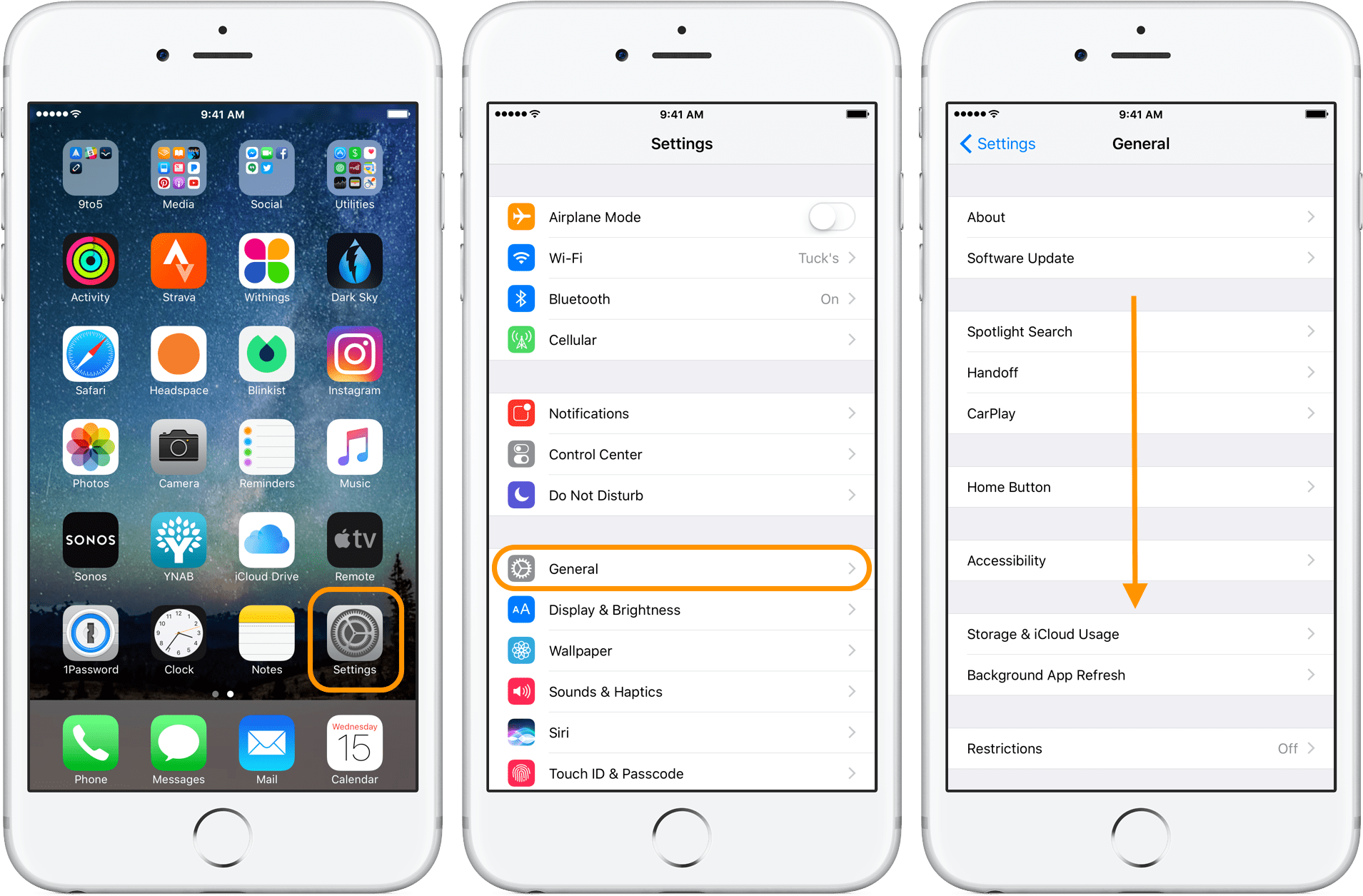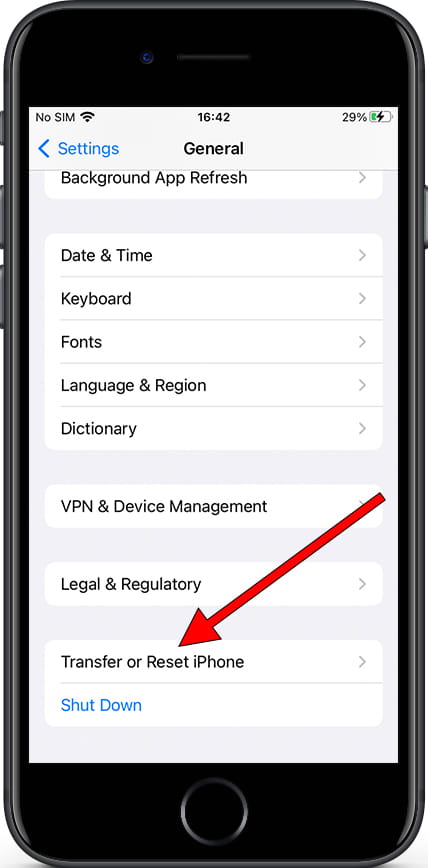How To Reset A Iphone 7 Plus

The iPhone 7 Plus, a stalwart device for many, can sometimes encounter software hiccups or require preparation for resale. Understanding the process of resetting this model is crucial for maintaining device functionality and protecting personal data.
Knowing the correct method to reset your iPhone 7 Plus can save you time, prevent data loss, and ensure a smooth transition, whether you're troubleshooting an issue or preparing to pass it on. The following guide provides detailed instructions for performing various types of resets on your iPhone 7 Plus.
Understanding Different Types of Resets
Before initiating any reset, it's vital to understand the different types available. A simple restart, a soft reset, and a factory reset serve distinctly different purposes and have varying impacts on your data.
Choosing the right reset method is paramount for both resolving the issue at hand and preserving important information on your device.
Restarting Your iPhone 7 Plus
The simplest reset, a restart, can often resolve minor software glitches. This process involves turning the device off and then back on.
To restart your iPhone 7 Plus, press and hold the power button (located on the right side) and either the volume up or volume down button simultaneously until the power-off slider appears. Slide the slider to turn off your device. After it's completely off, press and hold the power button again until the Apple logo appears.
Performing a Soft Reset (Force Restart)
A soft reset, also known as a force restart, is used when your iPhone 7 Plus is unresponsive or frozen. This method doesn't erase any data but forces the device to reboot.
To perform a soft reset, press and hold both the power button and the volume down button simultaneously for at least 10 seconds, until the Apple logo appears on the screen.
This action bypasses the normal shutdown procedure and forces the device to restart, often resolving temporary software freezes.
Executing a Factory Reset (Erase All Content and Settings)
A factory reset, also known as erasing all content and settings, completely wipes your iPhone 7 Plus, returning it to its original factory state. This is the most drastic reset option and should be used with caution.
It's crucial to back up your iPhone 7 Plus before performing a factory reset to avoid irreversible data loss. This can be done through iCloud or by connecting your device to a computer and using iTunes (or Finder on macOS Catalina and later).
To perform a factory reset, navigate to Settings > General > Transfer or Reset iPhone > Erase All Content and Settings. You may be prompted to enter your passcode or Apple ID password.
Follow the on-screen instructions to confirm the reset. The process may take several minutes to complete, and your iPhone 7 Plus will restart once finished.
Preparing for a Factory Reset
Before initiating a factory reset, several preparatory steps are essential. These include backing up your data, signing out of iCloud, and disabling Find My iPhone.
Failing to complete these steps could lead to complications during or after the reset process.
Backing Up Your Data
Backing up your data is the most critical step before a factory reset. You can back up your iPhone 7 Plus using iCloud or iTunes (or Finder).
To back up to iCloud, go to Settings > [Your Name] > iCloud > iCloud Backup and tap "Back Up Now." Ensure your device is connected to Wi-Fi throughout the process.
To back up to iTunes (or Finder), connect your iPhone 7 Plus to your computer and open iTunes (or Finder). Select your device, then click "Back Up Now." Choose to back up to your computer for faster performance.
Signing Out of iCloud
Signing out of iCloud is essential to prevent activation lock issues after the reset. This lock prevents unauthorized access to your device if it's lost or stolen, but it can also hinder the setup process if you forget your Apple ID credentials.
To sign out of iCloud, go to Settings > [Your Name] and scroll down to the bottom. Tap "Sign Out" and enter your Apple ID password to confirm.
Disabling Find My iPhone
Disabling Find My iPhone is linked to signing out of iCloud. This feature needs to be turned off for the factory reset to proceed smoothly.
Find My iPhone is typically disabled automatically when you sign out of iCloud. However, you can manually check this by going to Settings > [Your Name] > Find My > Find My iPhone and ensuring the toggle is switched off.
Troubleshooting Common Reset Issues
Users may encounter issues during the reset process, such as the device freezing or failing to complete the reset. These problems can often be resolved with specific troubleshooting steps.
Consulting Apple's support resources or seeking professional assistance may be necessary in more complex cases.
iPhone 7 Plus Freezes During Reset
If your iPhone 7 Plus freezes during the reset process, attempt a force restart by pressing and holding the power button and volume down button simultaneously. This may interrupt the reset, but it can often unfreeze the device.
If the issue persists, connect your iPhone 7 Plus to a computer and attempt to restore it using iTunes (or Finder). This will reinstall the operating system and may resolve the issue.
Reset Process Fails to Complete
If the factory reset fails to complete, ensure your device has sufficient battery power. A low battery can interrupt the reset process.
Try performing the reset again after fully charging your iPhone 7 Plus. If the issue continues, consider contacting Apple Support for further assistance.
Conclusion
Resetting an iPhone 7 Plus is a straightforward process when approached with the proper understanding and preparation. By carefully following the steps outlined for each type of reset, users can effectively troubleshoot issues, protect their data, and ensure a smooth transition when upgrading or selling their device.
Always remember to back up your data before performing any type of reset, especially a factory reset, to avoid losing valuable information. Regularly backing up your iPhone 7 Plus is a good practice for all users, regardless of their need to reset the device.




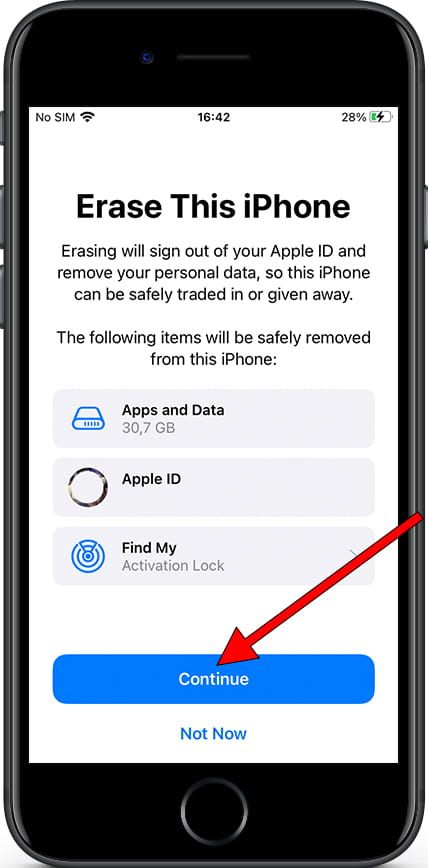



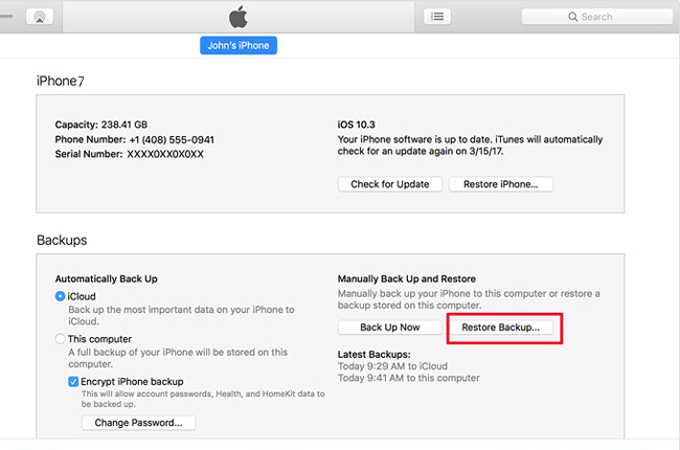

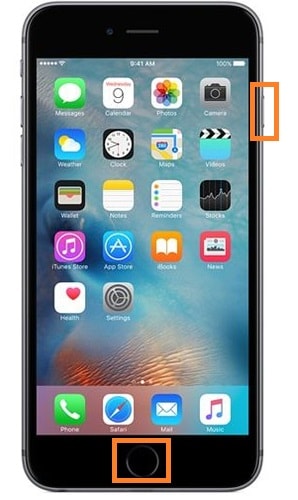
![How To Reset A Iphone 7 Plus How To Factory Reset An iPhone [2023] - YouTube](https://i.ytimg.com/vi/3hbEyfnFKg4/maxresdefault.jpg)



